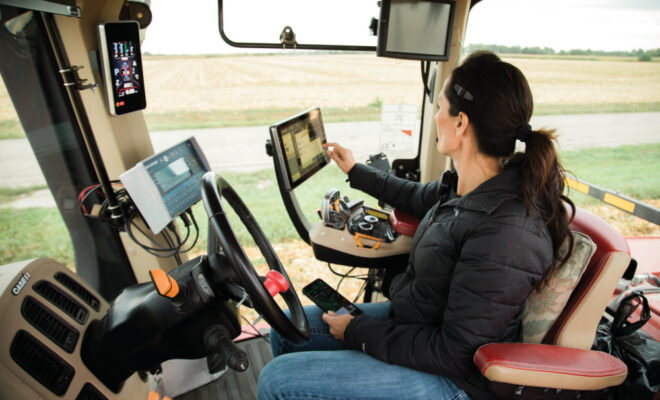The meal ranked as one of the most delicious I had eaten at a restaurant. And I laughed at the words of our waitress.
The incident occurred during her monologue of daily specials. Grilled salmon started the list and seemed normal. Yet to further pitch the entrée, she emphasized the leanness of the fish because “it spent its life swimming upstream.”
An unexpected, abbreviated laugh sputtered through my nose and cinched lips. Did she just say that? She paused only a second and kept moving through the specials, which I cannot recall. By then, I looked down and stopped listening to compose myself. I felt a bit embarrassed as I realized she was serious. Still, my response was innocent with no motive to hurt her feelings. The statement just caught me completely off-guard.
Maybe I need to frequent nice, urban restaurants a little more. But why should unsolicited information about this fish’s life influence my menu selection? Our party of six, which included farmers, international travelers and a foreign citizen, proved equally surprised.
In part, I blame my reaction on an emerging sensitivity to food marketing. I have developed a delicate ear for food talk and a watchful eye for food claims. But I wonder: Do people really want to know this type of information? Increasingly, agricultural groups and media sources say consumers desire to know more about the road from farm to fork. That’s fine. I have yet to fully grasp just how much information they want.
Most every farm magazine delivered to our tractor-shaped mailbox features articles about consumer perceptions. Farm groups urge farmers to share our story with the 98 percent of the population who do not farm. Some suggest avenues to do it, such as social media or among friends at ball games. Articles warn us of the overreaching policies that challenge the ability to farm. Some believe we must talk about what we do in our fields, barns and pastures so policymakers understand food production today.
After all, the average American is at least three generations removed from the farm, according to the American Farm Bureau Federation. Three generations ago, my great-grandpa used an early tractor to farm – the type that replaced workhorses.
In all honesty, farm families spend most of our time tending to plants, animals and the increasing managerial demands of the business. We spend little time talking about what we do. The idea seems boastful, particularly when uninvited by the listener. So, what do consumers want to know?
We’re not trying to hide anything. We shop at grocery stores, too. We dine at restaurants without asking life questions about the meat on the menu. In fact, the waitress never shared a story about our table’s actual selections of beef, pork, chicken and crab meat entrees. We also never asked.
I can assume my beef dinner came from a family farm. The National Cattlemen’s Beef Association says farm families own about 97 percent of cattle farms. Likely, the cattle on those farms convert feed to meat more efficiently than ever. This reduces costs and uses fewer resources. As importantly, it created the foundation for three delicious beef dishes at our table.
I chose the grilled meatloaf, a restaurant classic, without the sales pitch.




